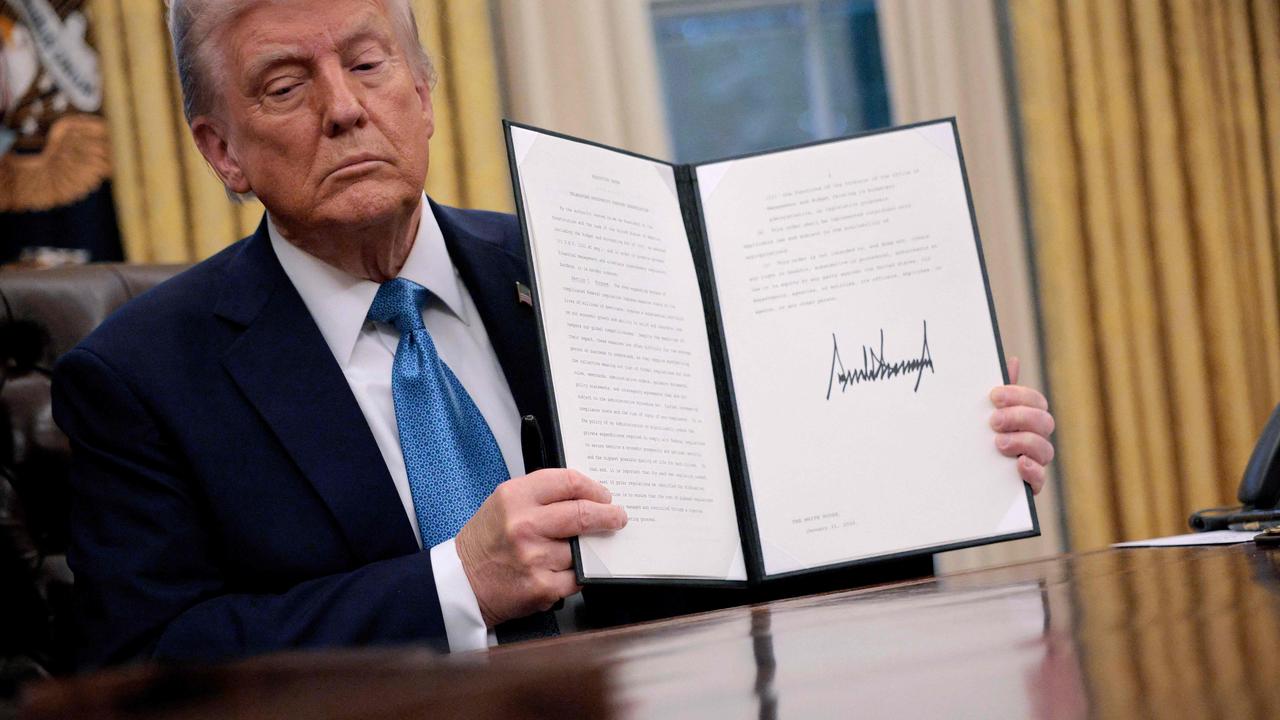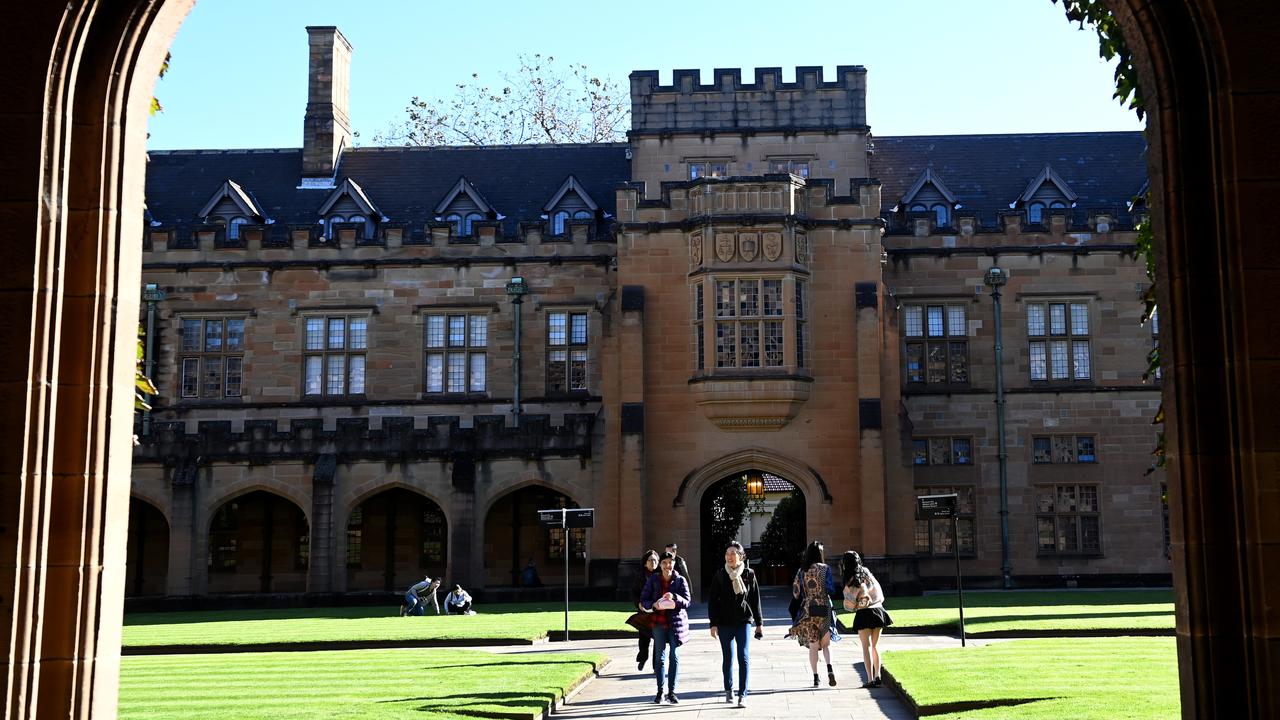Lindt cafe siege inquest: Why police did not storm the Martin Place cafe
IT TOOK gunman Man Haron Monis opening fire for police to storm Lindt cafe. But cops were prepared to keep waiting.
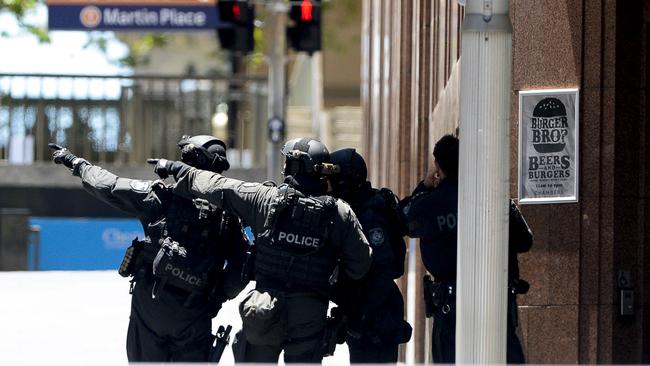
National
Don't miss out on the headlines from National. Followed categories will be added to My News.
THE police officer in charge of the Sydney siege wasn’t aware gunman Man Monis had claimed Australia was under attack by the Islamic State — but even if he was he probably wouldn’t have made the call to storm the Lindt Cafe.
Assistant NSW Police Commissioner Mick Fuller was being questioned on Tuesday afternoon at the inquest into the December 2014 siege by the barrister acting for the family of Katrina Dawson, a mother-of-three who was killed when the siege finally ended after 17 traumatic hours.
Philip Boulton SC asked Mr Fuller if he was aware of how dangerous and violent the Islamic State was, and how so-called “lone wolves” had carried out deadly attacks overseas.
Mr Fuller confirmed he knew the danger IS posed and that he suspected the siege might be terrorist-related partly because a black flag with white Islamic writing had been held through the cafe windows.
The inquest has previously heard Monis forced cafe manager Tori Johnson — who he later shot dead — to call 000 and tell the operator Australia was being attacked by IS.
Mr Fuller confirmed he wasn’t given that information, or that Monis was trying to speak with the ABC so he could communicate with associates about bombs he claimed were planted in Sydney’s CBD.
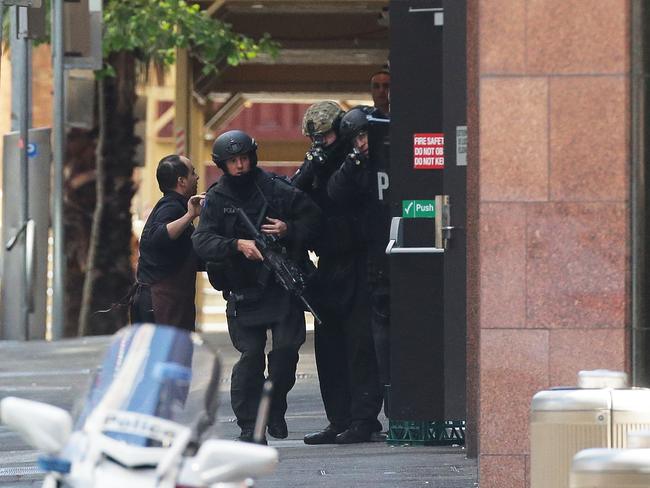
Earlier Tuesday, he gave evidence that under his leadership police were trying a “contain and negotiate” strategy to bring a safe end to the siege, and were “hours” away from being in a position to storm the cafe.
Mr Fuller told Mr Boulton if he was aware of those things he would have “moved closer” to ruling out motives other than terrorism, but it wouldn’t have changed his mind about how to immediately handle the situation.
But asked if the information about the IS claim would have been useful he answered: “Absolutely. In terms of my briefing to [colleagues] to make decisions about whether it was a terrorist attack, absolutely.”
Senior police made the decision not to storm the Lindt Cafe shortly after the hostage crisis began because it wasn’t an “active shooter” event and they were trying to get a grip on the unfolding drama.
Despite that, Mr Fuller said he had a “gut feeling’ the siege was a terrorist event soon after he first heard of it.
The Lindt cafe hostage crisis ended when tactical police stormed the cafe early on December 15, 2014, after Monis executed Mr Johnson. Ms Dawson was killed by a fragment from a police bullet in the gunbattle that followed.
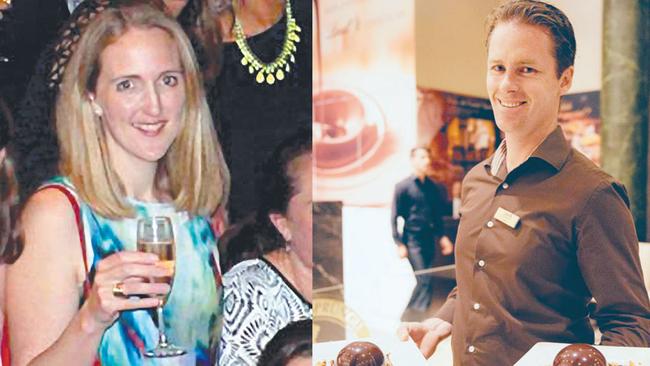
CONTAIN AND NEGOTIATE
The first Mr Fuller knew of the siege was a call at 9.50am from another senior officer. He knew there was a firearm involved and hostages had been taken — but he didn’t know how many, something that wouldn’t be resolved the entire time he was leading the police response.
Mr Fuller called in tactical police, including negotiators and snipers, because it was clear to him this was a “high-risk situation that required a tactical response at the highest level”.
The tactical unit was given permission to use firearms police ordinarily wouldn’t be armed with.
He believed from the beginning it was different than a “domestic” type siege or one resulting from a robbery gone wrong, he told the inquest.
“The phone call was unusual, it wasn’t the run of mill high risk operation you face ... It was concerning for me, the information was concerning ... I guess that gut feeling was something was seriously wrong.”
Mr Fuller said as time went on he had a gut feeling something was “seriously wrong” and the incident had “terrorist feel” to it.
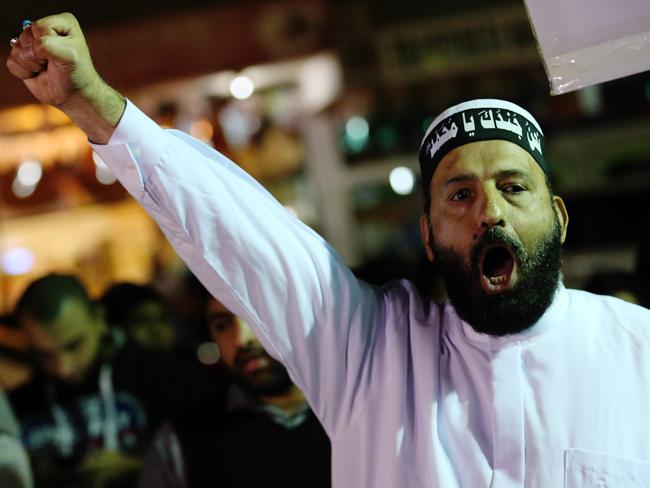
Counsel assisting the coroner Jeremy Gormly SC asked why he implemented a “contain and negotiate” strategy and not try to enter the cafe.
Mr Fuller replied there was “uncertainty” what the siege was about it, but the approach allowed to get information about what was happening inside the cafe to “make better decisions”.
It was clear the siege at that point was not an “active shooter” event, where a “target was actively shooting and killing people”.
A contain and negotiate approach wasn’t a “holding pattern” but more something that would allow police to determine what they were dealing with.
At that point all they knew was there was one male offender, with a shotgun. They knew there were hostages, but believed there were fewer than the number that was eventually confirmed.
Complicating matters, and supporting his decision to contain and negotiate, was early reports of a backpack with wires coming from it — raising the possibility Monis had explosives in the cafe.
“Around that time information about the backpack made decisions about moving away from contain and negotiate more complex.”
Despite those concerns, he was hopeful of a peaceful outcome.
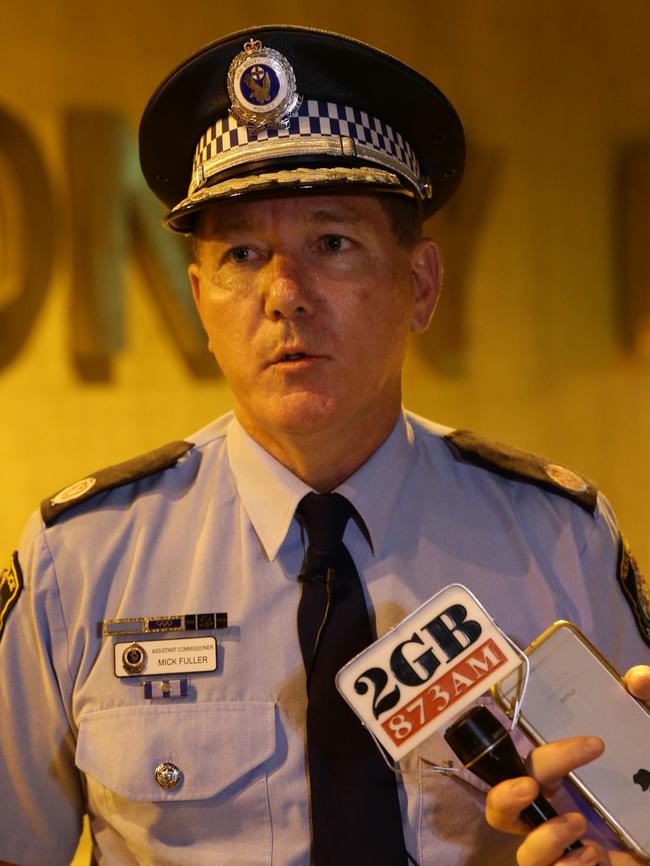
Soon after he learned there was black Islamic flag being held up inside the cafe, which further increased his concern it was terrorist attack, and then reports there were multiple bombs throughout the Sydney CBD.
Asked by Mr Gormly if they took the bomb threat seriously because of what was unfolding the cafe he answered: “Yes, 100 per cent.”
BOMB THREAT
The buildings were cleared for bombs but it was still unclear if there were others — and Mr Fuller was of the view it was more likely than not the backpack Monis had was a real bomb.
Mr Gormly asked him why that was.
“The firearm was real, certainly he had the flag, and for me the way [the siege] was running, we had confirmed a crime was happening ... It just seemed... He had real firearm, had hostages, had gone to some lengths [and] it wasn’t unreasonable to think he wouldn’t have an explosive device.”
If that was the case, Mr Gormly asked, what did police believe Monis was trying to achieve with the false CBD bomb claims?
“I think he was trying to create chaos outside the environment and not just within.”
About an hour after the siege began Mr Fuller was still committed to the contain and negotiate strategy because there was “no immediate threat” within the cafe “to any of the hostages”.
What police desperately needed, he said, was information about who Monis was.
“The motive, the man, the individual’s history ... What did he want, what, [what] would bring about a speedy, safe resolution to this.”
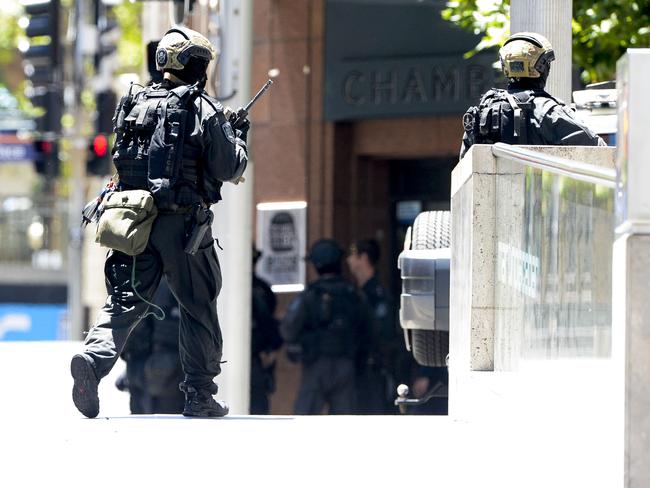
He believed they were “some hours off” being in the position that a “deliberate action” would be required to end the siege.
A deliberate action is when police would storm the cafe without a hostage first being shot.
Mr Fuller said a decision to enter the cafe at that point was only going to be triggered by a hostage being shot or injured.
“If the information was clear and that’s the best option then I would certainly take it.”
However, there was no evidence that was about to happen, he said.
Asked about the demands Monis was making — to speak to then prime minister Tony Abbott and to media outlets — Mr Fuller told the inquest he was “open” to negotiating if it meant hostages could be released.
The inquest continues tomorrow.
Originally published as Lindt cafe siege inquest: Why police did not storm the Martin Place cafe


